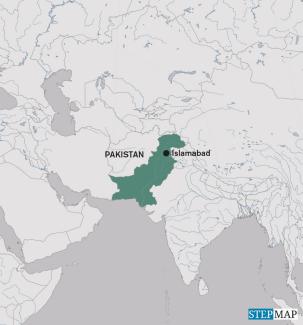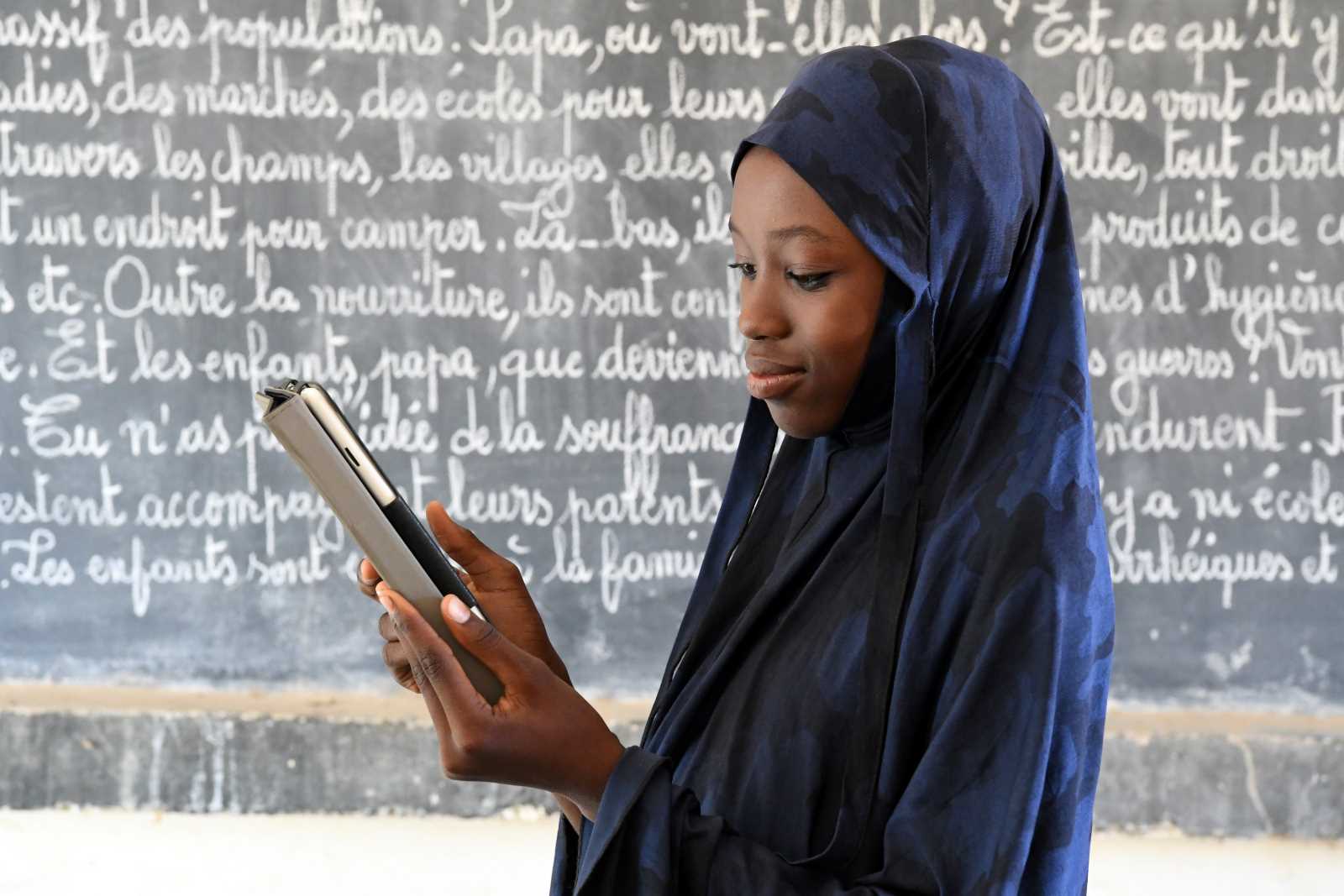Family planning
Fast population growth

Pakistan’s family-planning programme started in the 1960s. It was the first in South Asia, but for a long time it hardly had any impact. Critics pointed out ineffective policies, poor management and low quality of family-planning services.
In addition, cultural and socio-economic factors played a role. They include:
- a strong preference for sons, not least because they are the ones who will take care of the parents in old age,
- the desire for large families and
- early marriage.
Low education levels were another problem, and so was high infant mortality, which meant families wanted more children to be sure some would survive. Fertility persisted between six and seven births per woman until the late 1980s.
The country saw considerable progress in the 1990s, with the fertility rate dropping to around four births per woman on average. The data collected between 1990 to 1997 showed a constant decline. The census in 1998 showed that population growth had slowed down to 2.6 % from more than three percent in the 1980s.
One reason for declining fertility was the sharp increase in contraceptive use among women from below 10 % in the 1980s to 24 % by 1997. This coincided with better socio-economic conditions, improved education and exposure to mass media.
Government action mattered too. The density and quality of family-planning services had improved. Community-based action was supported. Social marketing of contraceptives took hold in rural areas. The national TV channel aired dramas on the need for smaller families, reproductive health and use of contraception. These television programmes were proved quite popular.
The momentum was not sustained, however. Demographic change began to stall at the turn of the 21st century. Fertility kept declining, but at a very slow rate. According to the Pakistan Demographic Health Surveys, the fertility rate went down from 4.1 in 2006-2007 to 3.6 births per woman in 2017-2018. If this trend persists, it will take Pakistan more than four decades to achieve the replacement level of 2.1 births. It means that the population size is basically stable, as is now the case for Bangladesh for example (see Najma Rizvi in D+C/E+Z e-Paper 2018/07, Debate section).
There are several reasons why Pakistan’s fertility rate has stalled close to the mark of four births. Early marriages are still common, the culture is conservative and the family system is patriarchal. Families have strong preference for boys for economic reasons – the daughters will leave their parents and take care of their husbands’ parents in old age for example.
However, Pakistan’s comparatively fast population growth reduces the country’s development opportunities. In the long run, sustainable results will only be achieved through improving access to health services, girls’ education and women’s opportunities in the labour market.















